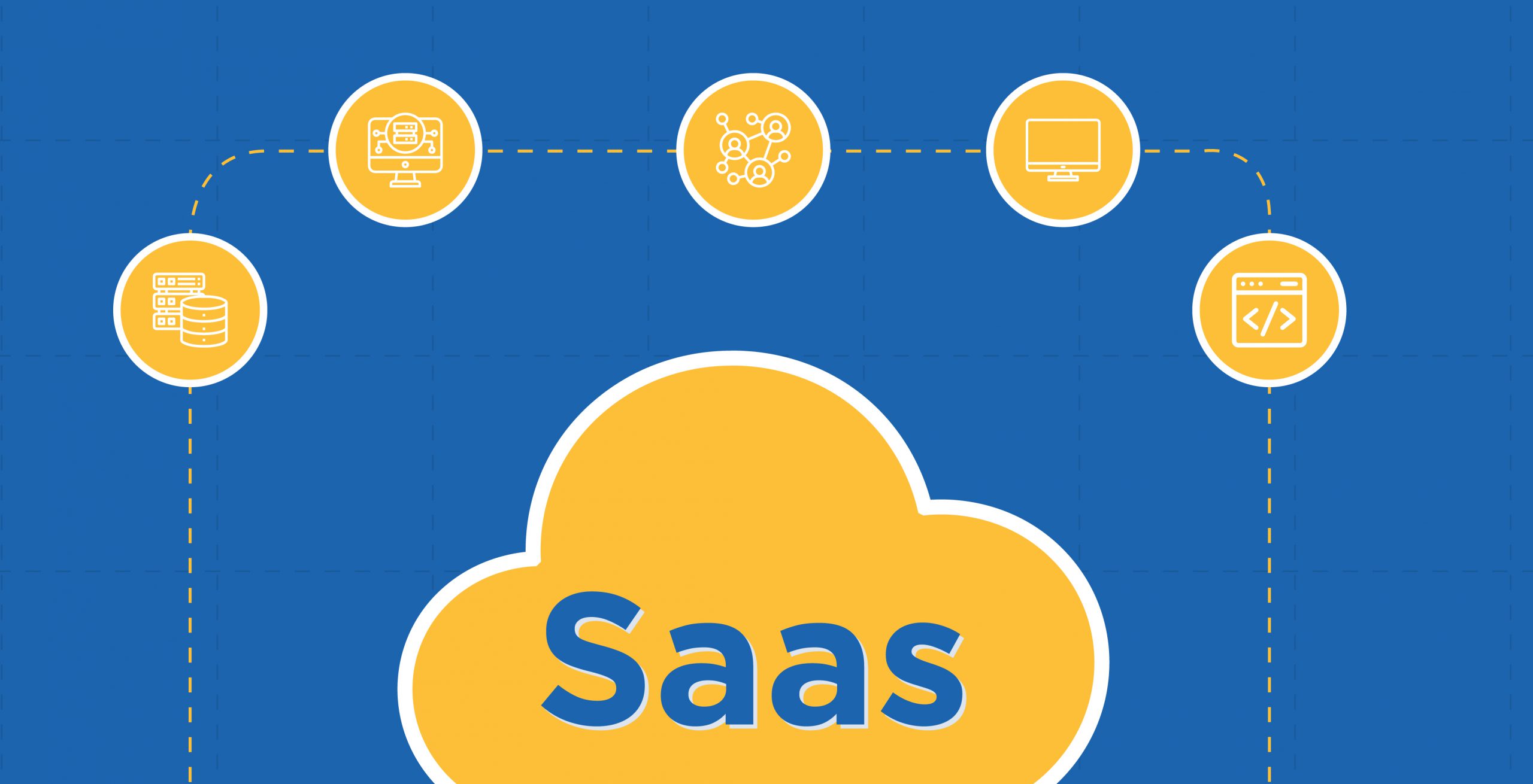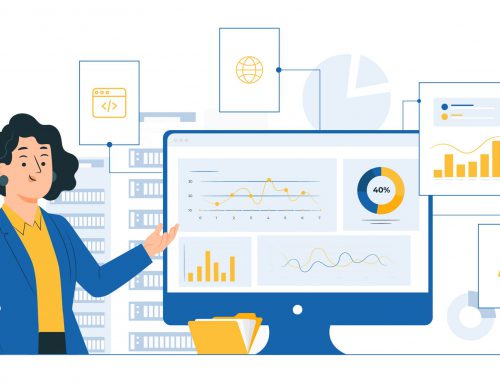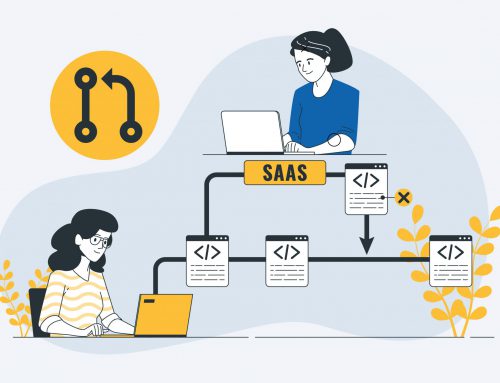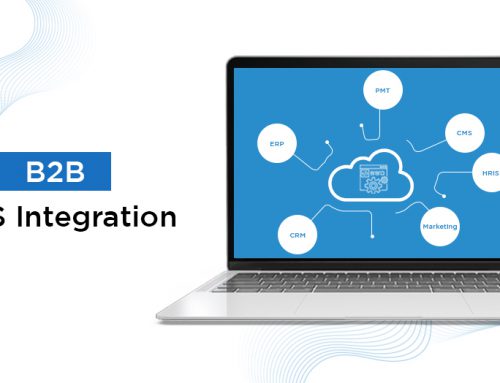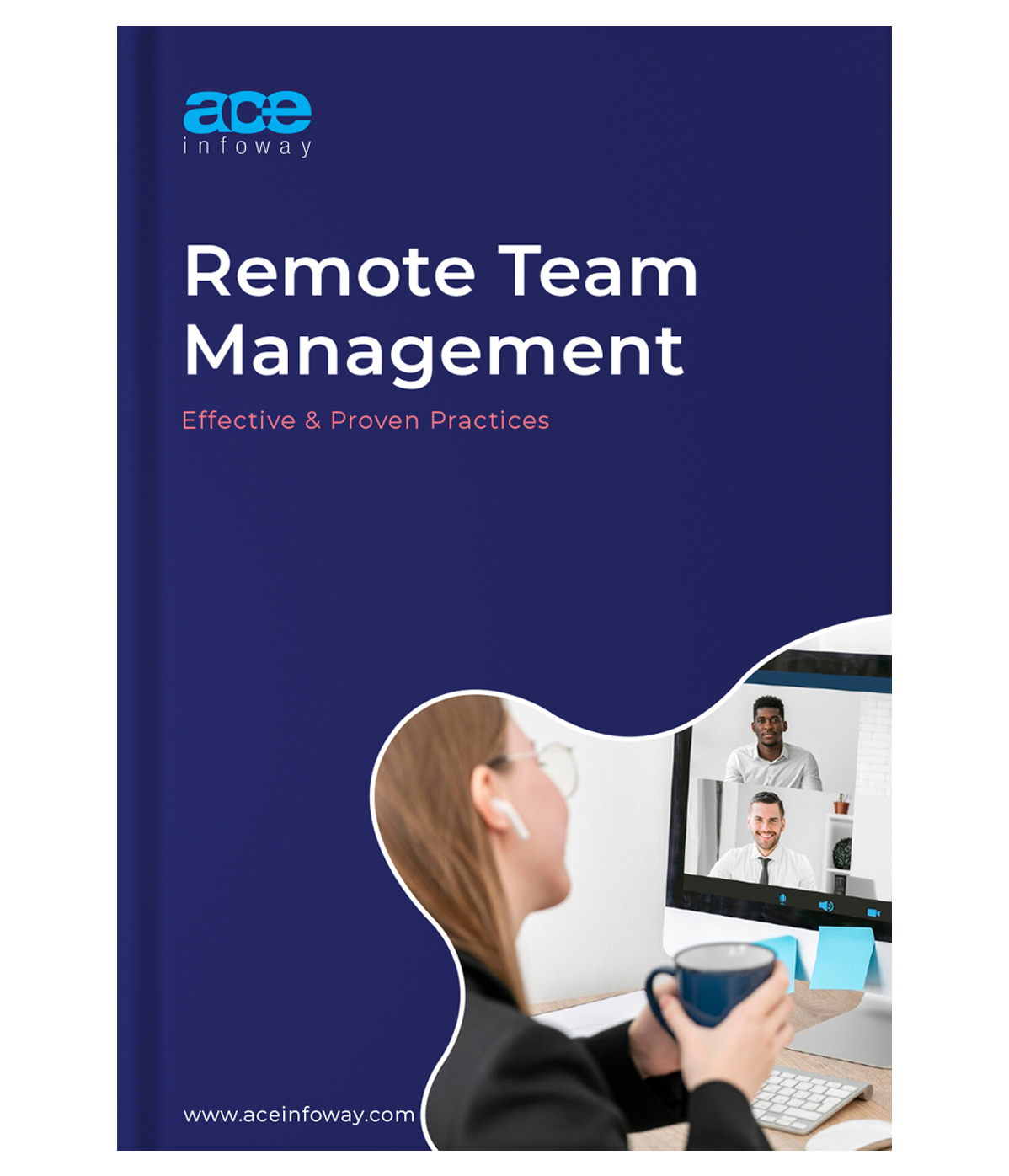Table of Contents
If your product isn’t thoroughly tested before hitting the market, you risk tarnishing its reputation, cutting off potential customers, and losing out on valuable opportunities.
Launching a SaaS product into the market is an exhilarating journey. It culminates tireless effort, creative vision, and strategic planning. However, amidst the excitement of bringing your innovation to the world, one crucial step often gets overlooked or hurried through is testing.
Your SaaS product may have the most innovative features imaginable, but if it doesn’t work as intended, all your efforts could go down the drain. A single negative experience with your SaaS product can quickly snowball into a PR nightmare, damaging your brand reputation beyond repair. Testing helps identify and iron out any glitches, bugs, or usability issues that could undermine user experience and erode trust in your brand.
Let’s get into it.
#1 Functional Testing

Functional testing is a critical phase in the development lifecycle of any SaaS product. It involves evaluating the functionality of individual features and ensuring that they perform as intended, meet user requirements, and deliver the expected outcomes. It entails:
- Systematically verifying that every component performs its designated task accurately and efficiently.
- Testing the communication between your SaaS product and external systems, verifying data exchange, and confirming that all interactions adhere to predefined standards and protocols.
- Validate user workflows to ensure that they are intuitive, efficient, and error-free.
- Identify and report any anomalies or deviations from expected behavior including not only technical errors but also logical inconsistencies or discrepancies in functionality.
#2 Compatibility Testing

Compatibility testing is an indispensable aspect of SaaS product development, ensuring that your application functions seamlessly across a diverse range of environments. Failure to conduct thorough compatibility testing can result in functionality issues, layout distortions, or even complete inaccessibility for certain user segments. By addressing compatibility concerns proactively, you enhance user satisfaction, minimize support overhead, and safeguard your brand reputation. Testing for compatibility includes:
- Testing your application on a variety of devices, including iOS and Android smartphones, tablets, MacBooks, Windows PCs, and more.
- Verifying compatibility with various operating systems including major operating systems such as Windows, macOS, iOS, Android, and Linux, as well as different versions of each operating system.
- Assessing your application’s responsiveness across a range of screen sizes, from small mobile screens to large desktop monitors including layout alignment, font scaling, image resizing, and interactive element behavior to ensure a consistent and visually appealing experience across all devices.
#3 Security Testing

Security breaches can have devastating consequences for SaaS companies, including financial losses, damage to reputation, legal liabilities, and erosion of customer trust. With the increasing sophistication of cyber threats and the growing regulatory scrutiny surrounding data protection, security testing is more crucial than ever. By proactively assessing the security posture of your SaaS product, you can identify vulnerabilities, implement robust security controls, and fortify your defenses against cyber attacks, thereby safeguarding your business and preserving customer confidence. Here’s how you take care of it:
- Vulnerability Assessment – This includes conducting thorough scans and audits to uncover vulnerabilities such as misconfigurations, outdated software components, insecure authentication mechanisms, and other common security pitfalls.
- Penetration Testing – Also known as ethical hacking, this involves employing a combination of automated tools and manual techniques to identify exploitable vulnerabilities and weaknesses in your application’s defenses. By mimicking the tactics, techniques, and procedures of potential attackers, penetration testing provides valuable insights into your product’s security posture and helps identify areas for improvement.
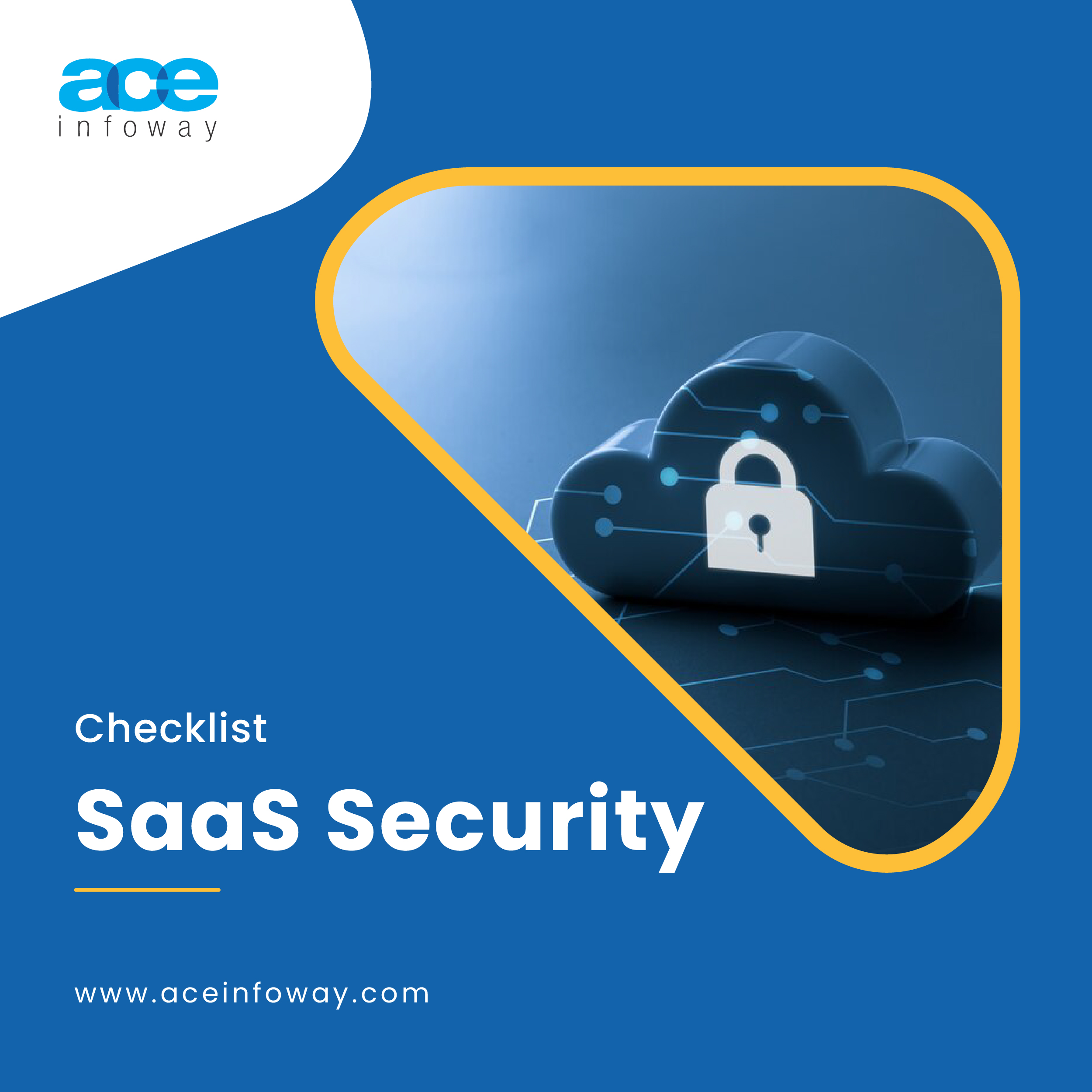
SaaS Security Checklist
Get your free copy
- Data Encryption and Protection Measures – This involves implementing robust encryption algorithms and encryption key management practices to protect sensitive data both at rest and in transit. It may include access controls, authentication mechanisms, audit trails, and data loss prevention (DLP) technologies to safeguard against unauthorized access, data leakage, and insider threats.
- Compliance with Relevant Regulations – SaaS companies are subject to a myriad of regulatory requirements governing the collection, storage, processing, and transmission of personal and sensitive data. Compliance with regulations such as the General Data Protection Regulation (GDPR), Health Insurance Portability and Accountability Act (HIPAA), and others is non-negotiable and requires rigorous adherence to strict data protection standards and practices.
#4 User Acceptance Testing (UAT)

UAT serves as the ultimate litmus test for the SaaS product, ensuring that it meets the needs and expectations of its intended users. Unlike other testing phases that primarily focus on technical validation and functionality, UAT puts the product in the hands of real users to assess its usability, intuitiveness, and overall user experience. Here’s how it is carried out:
- Involving Actual Users in the Testing Process – Involving actual users ensures that the testing process reflects real-world usage scenarios and provides authentic feedback on the product’s usability, functionality, and overall user experience.
- Gathering Feedback and Insights – By listening to user feedback, SaaS companies gain valuable perspectives that inform iterative product enhancements and prioritize features based on user needs and preferences.
- Iterative Improvements Based on User Feedback – The feedback collected during UAT serves as a roadmap for iterative improvements to the SaaS product. This may involve addressing usability issues, enhancing feature functionality, streamlining workflows, or refining the user interface based on user preferences and suggestions.
#5 Performance Testing

Users demand seamless and responsive experiences, regardless of the volume of traffic or complexity of operations. By proactively assessing and optimizing performance, you can enhance user engagement, retention, and loyalty, driving business growth and success in the competitive marketplace. Here’s how you ensure the correct way of performance testing:
- Load Testing to Assess System Behavior Under High Traffic – This allows you to optimize system architecture, fine-tune resource allocation, and scale infrastructure capacity to meet the demands of growing user traffic.
- Stress Testing to Determine System Stability Under Extreme Conditions – This involves subjecting the system to peak loads, spikes in user activity, or unexpected events to identify points of failure, performance degradation, or system crashes.
- Scalability Testing to Ensure the System Can Handle Growth – This involves assessing both vertical scalability (scaling up by adding resources to existing infrastructure) and horizontal scalability (scaling out by distributing workload across multiple instances or nodes).
#6 Accessibility Testing

Accessibility is not just a legal requirement; it’s a moral imperative and a fundamental aspect of user experience design. It helps identify barriers that may prevent users with disabilities from accessing or using your product effectively, while also expanding your market reach and enhancing the overall user experience for everyone. Take care of the following points when considering accessibility testing for your SaaS product:
- Web Content Accessibility Guidelines (WCAG) – Accessibility testing involves evaluating your SaaS product against the WCAG criteria to ensure compliance with accessibility standards. This includes assessing factors such as keyboard navigation, screen reader compatibility, color contrast, and alternative text for images.
- Assistive Technologies – Technologies like screen readers, magnifiers, voice recognition software, and alternative input devices play a crucial role in enabling individuals with disabilities to access digital content and interact with software applications.
- Usability – By considering the unique needs and preferences of users with disabilities during the design and development process, you can create a more inclusive and user-friendly experience that benefits all users, regardless of their abilities.
#7 Documentation Review

Clear and comprehensive documentation is the cornerstone of a positive user experience. It empowers users to understand and utilize your SaaS product effectively, thereby reducing support requests, minimizing user frustration, and fostering self-sufficiency. Documentation serves as a reference point for users at every stage of their journey, from onboarding and setup to troubleshooting and advanced usage. Some criteria that need your attention for this:
- Documentation review involves carefully scrutinizing these resources to ensure accuracy, relevance, and clarity. This includes verifying that instructions are easy to follow, troubleshooting steps are logical and effective, and FAQs address common user queries comprehensively.
- Clarity and completeness are paramount when it comes to documentation. Users should be able to find the information they need quickly and easily, without ambiguity or confusion.
- By offering multiple channels for support and assistance, you can cater to diverse learning styles and preferences, providing users with the help they need, when they need it.
#8 Final Round of Testing Before Launch

The final round of testing serves as a critical quality assurance checkpoint before releasing your SaaS product to the public. It provides an opportunity to identify and address any lingering issues, bugs, or discrepancies that may have been missed during earlier testing phases. By conducting thorough testing before launch, you mitigate the risk of launching a flawed product, minimize user frustration, and safeguard your brand reputation.
Comprehensive regression testing helps maintain the integrity and stability of the product, ensuring that it remains reliable and consistent across different use cases and scenarios. It involves retesting the entire SaaS product to ensure that recent code changes or enhancements have not introduced any new defects or unintended consequences.
In the final stages of product development, it’s not uncommon for new issues or bugs to surface, especially as last-minute changes are implemented or configurations are finalized. The final round of testing provides an opportunity to catch these issues before they impact users in a production environment. Testers meticulously scrutinize the SaaS product, exploring various workflows, inputs, and edge cases to uncover any hidden defects or vulnerabilities. By identifying and resolving these last-minute issues, you minimize the risk of post-launch disruptions and enhance the overall quality of the product.
Beyond technical validation, the final round of testing also assesses the readiness of the SaaS product for market rollout from a broader perspective. This involves evaluating factors such as user experience, performance, security, compliance, and scalability to ensure that the product meets or exceeds the expectations of stakeholders and end-users alike.
This final testing phase demonstrates your commitment to delivering a superior user experience and lays the foundation for long-term success in the competitive SaaS landscape.
End Note
Thorough testing is not just a box to check. It’s a strategic imperative that can make or break your success in the competitive landscape of software development. Each phase of testing, from functional and compatibility testing to security and accessibility testing, plays a vital role in ensuring the quality, reliability, and user satisfaction of your product.
Remember, testing is not just about finding bugs; it’s about delivering excellence.
As an established SaaS Development Company, we understand the importance of testing in software product development. Our comprehensive suite of testing services is designed to support you at every stage of your journey, from concept to market launch and beyond. Partner with us to ensure that your SaaS product exceeds expectations, delights users, and achieves its full potential.









